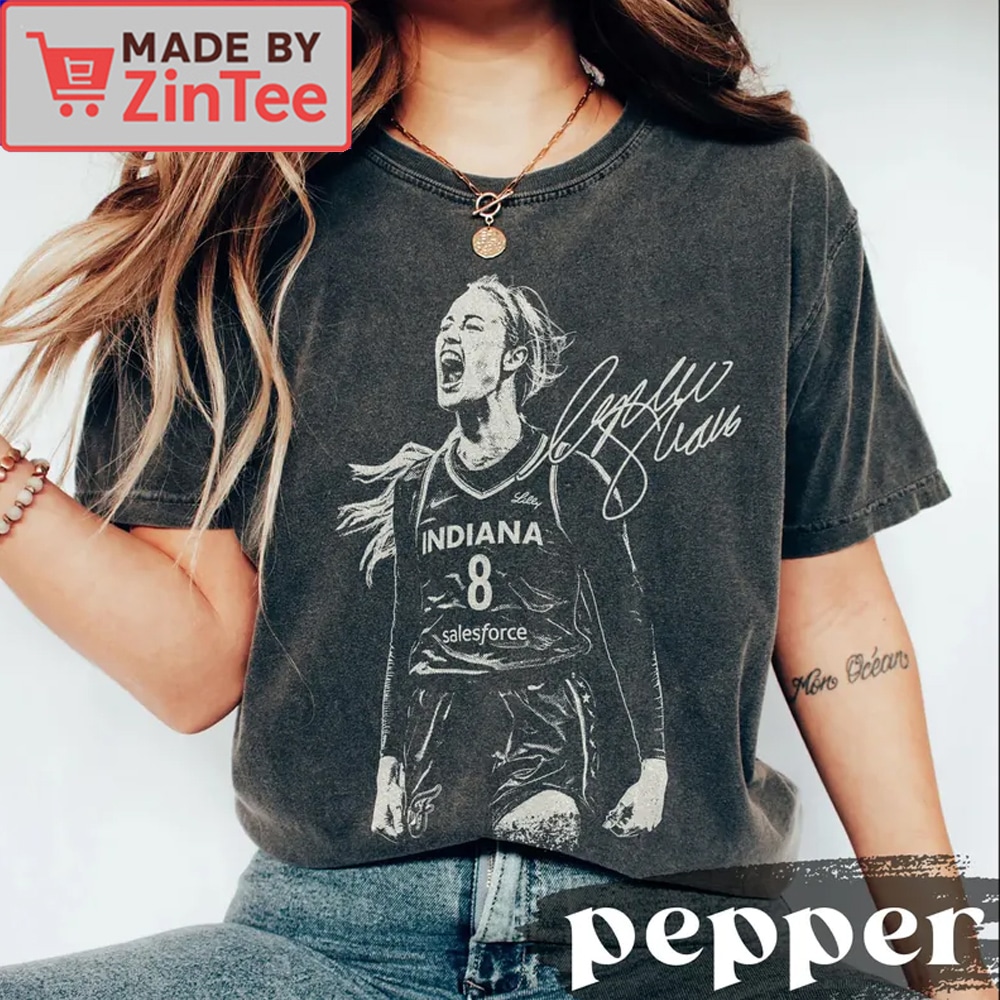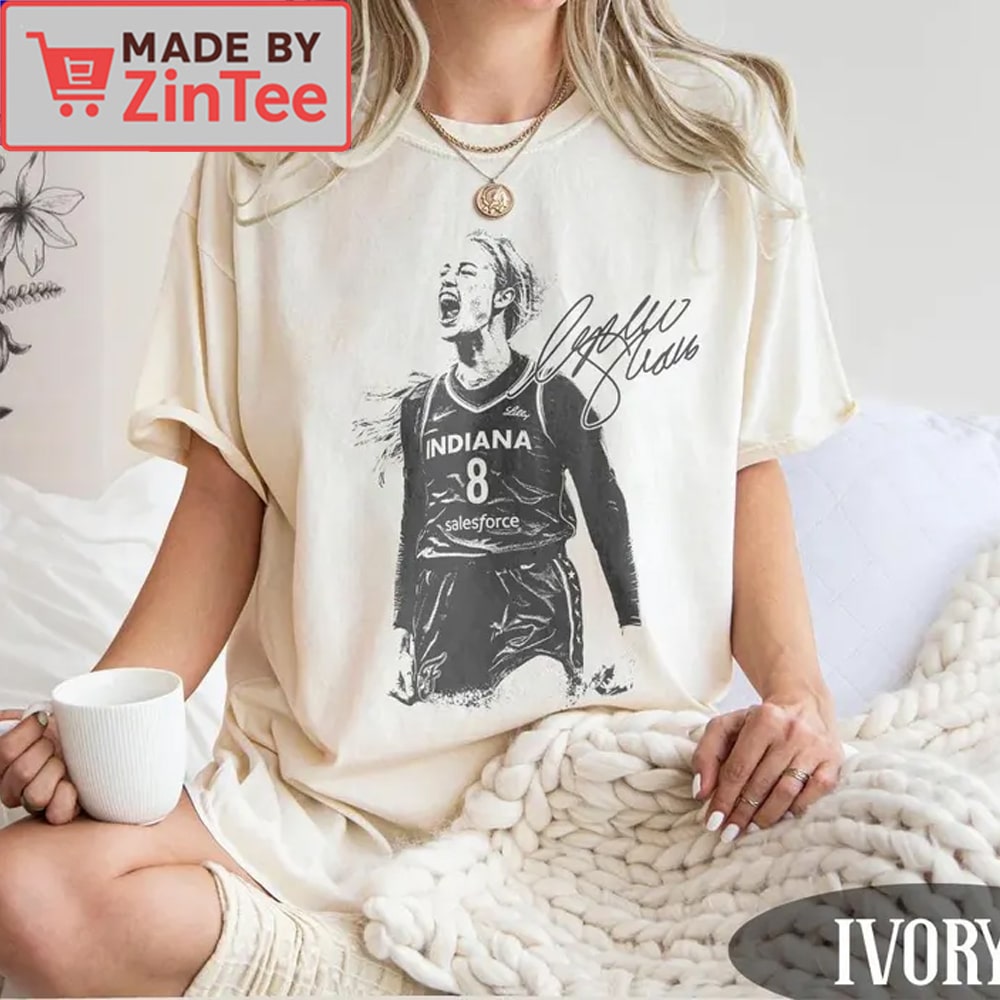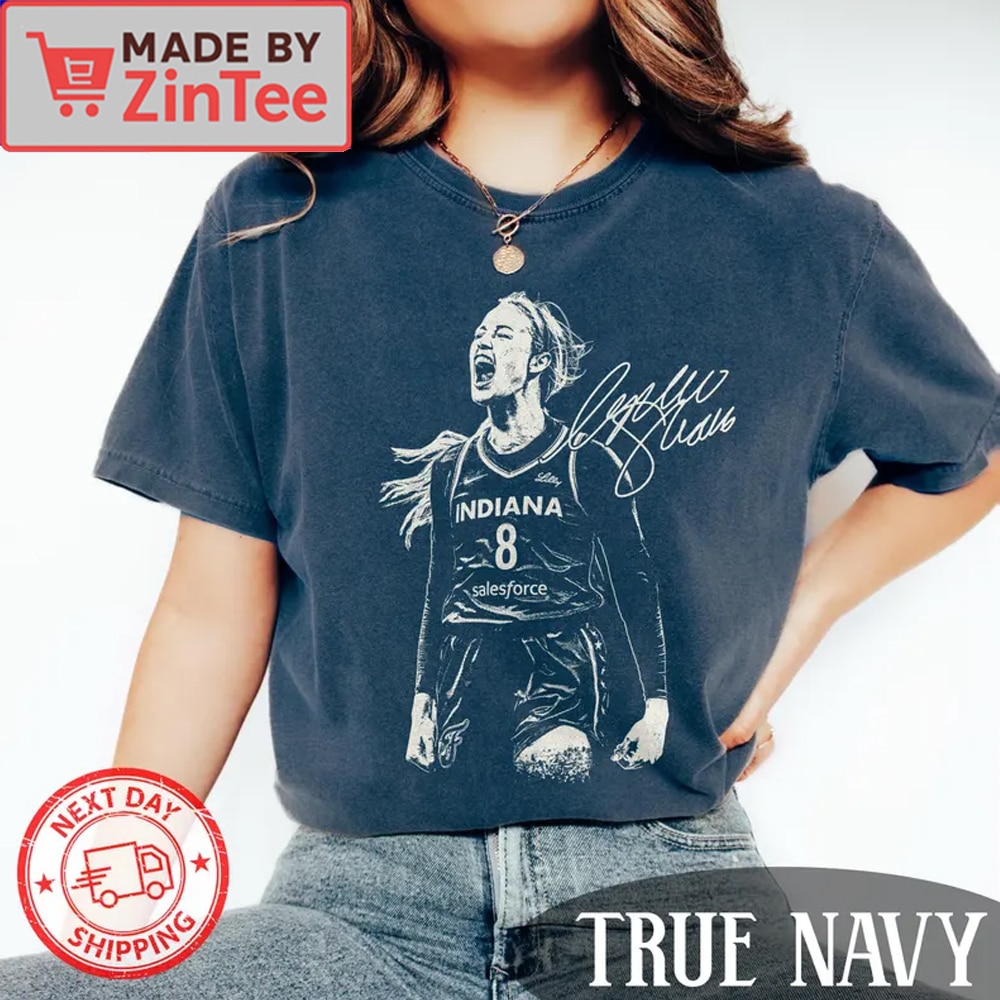Y2K Trend Report: Analyzing the Rise of the Vintage Sophie Cunningham Shirt
Y2K Trend Report: Analyzing the Rise of the Vintage Sophie Cunningham Shirt
The market has seen a significant resurgence of early 2000s aesthetics, with the Vintage Y2k Sophie Cunningham Shirt emerging as a key indicator of this trend. This report provides a comprehensive analysis of this popular vintage item, examining its market drivers, consumer styling applications, a comparative analysis against competing trends, and data-driven advice for acquisition.
Market Analysis: The Y2K Fashion Movement
The early 2000s, designated “Y2K,” represents a distinct fashion cycle that is currently experiencing a strong revival. This trend is characterized by bold color palettes, unconventional silhouettes, and a pastiche of styles that appeals to a specific consumer demographic.
Key Market Driver: Early 2000s Pop Culture Influence
The Y2K aesthetic was heavily shaped by the pop culture phenomena of the era, which continue to be a primary driver of its current popularity.
- Celebrity Endorsement as a Catalyst: Style influencers of the era, such as Britney Spears and Paris Hilton, established the foundational aesthetics of the trend. Their outfits became iconic, creating a lasting market demand.
- Music as a Merchandising Vehicle: The hip-hop and pop genres directly influenced apparel trends, popularizing items like baggy pants, crop tops, and graphic tees, which remain core products in the Y2K category.
- Nostalgia as a Marketing Strategy: Contemporary brands are leveraging consumer nostalgia by reissuing Y2K-era designs. This market environment has significantly boosted the demand for authentic vintage pieces like the Vintage Y2k Sophie Cunningham Shirt.
Identifying Core Characteristics of the Y2K Aesthetic
The Y2K fashion trend is defined by several distinct product characteristics:
- High-Impact Visuals: Garments frequently feature high-contrast patterns, prominent graphics, and playful typography, designed for maximum visual impact.
- Diverse Material Application: A wide range of materials, including satin, denim, and mesh, were used to create textural variety and depth.
- Non-Traditional Silhouettes: The trend encompasses a broad spectrum of fits, from low-rise to oversized, reflecting a consumer desire for personalization and self-expression.
Market Shift Towards Vintage and Sustainable Goods
A notable shift in consumer behavior towards sustainability has increased the market share of vintage apparel:
- Sustainability as a Value Proposition: Shopping vintage aligns with growing consumer concerns about environmental impact, making it an attractive alternative to fast fashion.
- Demand for Unique and Differentiated Products: Vintage items offer consumers one-of-a-kind pieces, satisfying a demand for individuality that mass-market retailers cannot meet.
- Secondary Market Value: Many vintage pieces have the potential to appreciate in value, positioning them as both a fashion choice and a tangible asset.
Consumer Application: Styling the Vintage Y2k Sophie Cunningham Shirt
The successful integration of the Vintage Y2k Sophie Cunningham Shirt into a modern wardrobe can significantly enhance a consumer’s style portfolio. The following are data-informed styling recommendations.
Profile 1: The Casual, Everyday Consumer
This consumer profile prioritizes comfort and effortless style.
- Denim Indexing: Pairing the shirt with relaxed-fit denim or distressed shorts is a high-performing combination, projecting a laid-back aesthetic suitable for high-frequency casual activities.
- Layering for Versatility: For cooler climates, layering the shirt under an oversized jacket or cardigan increases its wearability and adds visual depth.
- Footwear Analysis: Sneakers and chunky sandals are the top-performing footwear choices for this profile, maintaining a balance between comfort and current trends.
Profile 2: The Fashion-Forward Consumer
This consumer profile seeks to integrate the vintage piece into a more elevated, trend-aware look.
- Pairing with Tailored Bottoms: Combining the shirt with high-waisted trousers or a chic skirt creates a polished look suitable for “dressy casual” environments.
- Strategic Accessorization: The ensemble can be elevated with the addition of statement jewelry and a stylish handbag. Accessories should be chosen to complement the shirt’s color palette for maximum synergy.
- Footwear as a Key Differentiator: The choice of footwear is critical in elevating the look. Heels or stylish ankle boots are recommended to enhance the formal appeal.
Advanced Strategy: Mixing Textures and Patterns
Advanced consumers can leverage creative pairings to maximize the shirt’s style potential.
- Print-on-Print Application: Pairing the shirt with patterned bottoms is a high-risk, high-reward strategy. Success is contingent on aligning the color schemes of the two prints for a cohesive visual.
- Textural Juxtaposition: Combining materials such as denim, leather, and cotton creates a high-impact, visually interesting effect. A leather mini skirt is a top-performing pairing.
- Dimensional Layering: The introduction of layers via cardigans, scarves, or hats adds complexity and dimension to the overall look, often serving as a unifying element.
Competitive Landscape: The Y2K Trend vs. Other Market Segments
To forecast the longevity of the Y2K trend, it is crucial to analyze its position relative to other major fashion trends.
Market Analysis: Y2K vs. Modern Minimalism
Y2K and Minimalism represent two opposing but powerful market forces.
- Color Palette Differentiation: Y2K’s market is driven by demand for vivid colors and prints, while the minimalist market is dominated by muted, neutral tones.
- Silhouette Preferences: The Y2K consumer seeks eclectic, expressive shapes, while the minimalist consumer prefers structured, classic fits.
- Underlying Consumer Sentiment: The Y2K resurgence is fueled by nostalgia, while modern minimalism is driven by a consumer desire for simplicity and calm.
Market Analysis: Vintage vs. Fast Fashion
The distinction between the vintage and fast fashion markets is a critical factor in today’s retail landscape.
- Quality and Durability Metrics: Vintage pieces like the Sophie Cunningham Shirt typically outperform fast-fashion items in terms of material quality and durability, offering better long-term value.
- Product Differentiation: The vintage market offers unique, differentiated products, while the fast fashion market is characterized by high levels of product homogeneity.
- Sustainability Index: The vintage market aligns with growing consumer demand for sustainable and circular fashion, a significant advantage over the linear, high-waste model of fast fashion.
Historical Trend Analysis
The cyclical nature of fashion provides valuable data for forecasting future trends.
- The 90s Grunge Revival: The recent resurgence of 90s grunge, with its similar emphasis on oversized fits and layered looks, suggests a broader market appetite for nostalgic, anti-conformist styles.
- The Growth of Retro Sportswear: The significant growth of the retro sportswear segment indicates a sustained consumer demand for casual, athletic-inspired apparel, a core component of the Y2K aesthetic.
- Cross-Decade Synthesis: The ability to seamlessly integrate elements from other eras, such as 80s glam, into the Y2K aesthetic suggests a high degree of versatility and potential for long-term relevance.
Acquisition Strategy for High-Value Vintage
Acquiring high-value vintage pieces like the Vintage Y2k Sophie Cunningham Shirt requires a data-informed strategy.
Phase 1: Pre-Acquisition Research
Thorough due diligence is essential before making a purchase.
- Brand and Designer Identification: Develop a strong knowledge base of prominent Y2K-era brands and designers to accurately identify authentic and valuable pieces.
- Quality Indicator Analysis: Learn to identify key quality indicators, such as fabric content, stitching quality, and country of origin, to assess the long-term durability of a piece.
- Price Benchmarking: Research current market prices for comparable items to establish a baseline value and avoid overpaying due to market hype or misinformation.
Phase 2: Point-of-Sale Inspection
A thorough physical inspection is a critical step in the acquisition process.
- Damage Assessment: Conduct a detailed inspection for any signs of damage, such as stains, tears, or significant fading. Differentiate between minor “character” flaws and major structural issues.
- Fit Verification: Due to inconsistencies in vintage sizing, it is crucial to try on the item or take detailed measurements to ensure a proper fit.
- Alteration Cost-Benefit Analysis: In some cases, a piece may be worth acquiring even if it requires alterations. Factor in the potential cost of tailoring when assessing the overall value.
Phase 3: Portfolio Integration and Management
Building a sustainable and valuable vintage collection is an ongoing process.
- Strategic Integration: Integrate vintage pieces with a core wardrobe of modern staples to maximize versatility and wearability.
- Asset Preservation: Implement a proper care and maintenance regimen to ensure the longevity of your vintage finds, thereby protecting your investment.
- Community Engagement and Market Monitoring: Engage with online vintage communities to stay informed about emerging trends, new finds, and shifts in market value.
Conclusion
The Vintage Y2k Sophie Cunningham Shirt is a key data point in the broader resurgence of early 2000s fashion. Its appeal is driven by a confluence of factors, including nostalgia, sustainability, and a consumer desire for unique self-expression. By understanding the market dynamics of the Y2K trend, applying a strategic approach to styling, and investing with a data-informed methodology, any fashion enthusiast can successfully leverage the charm and value of this timeless trend.
POSTER SEO_SIBATOOL




